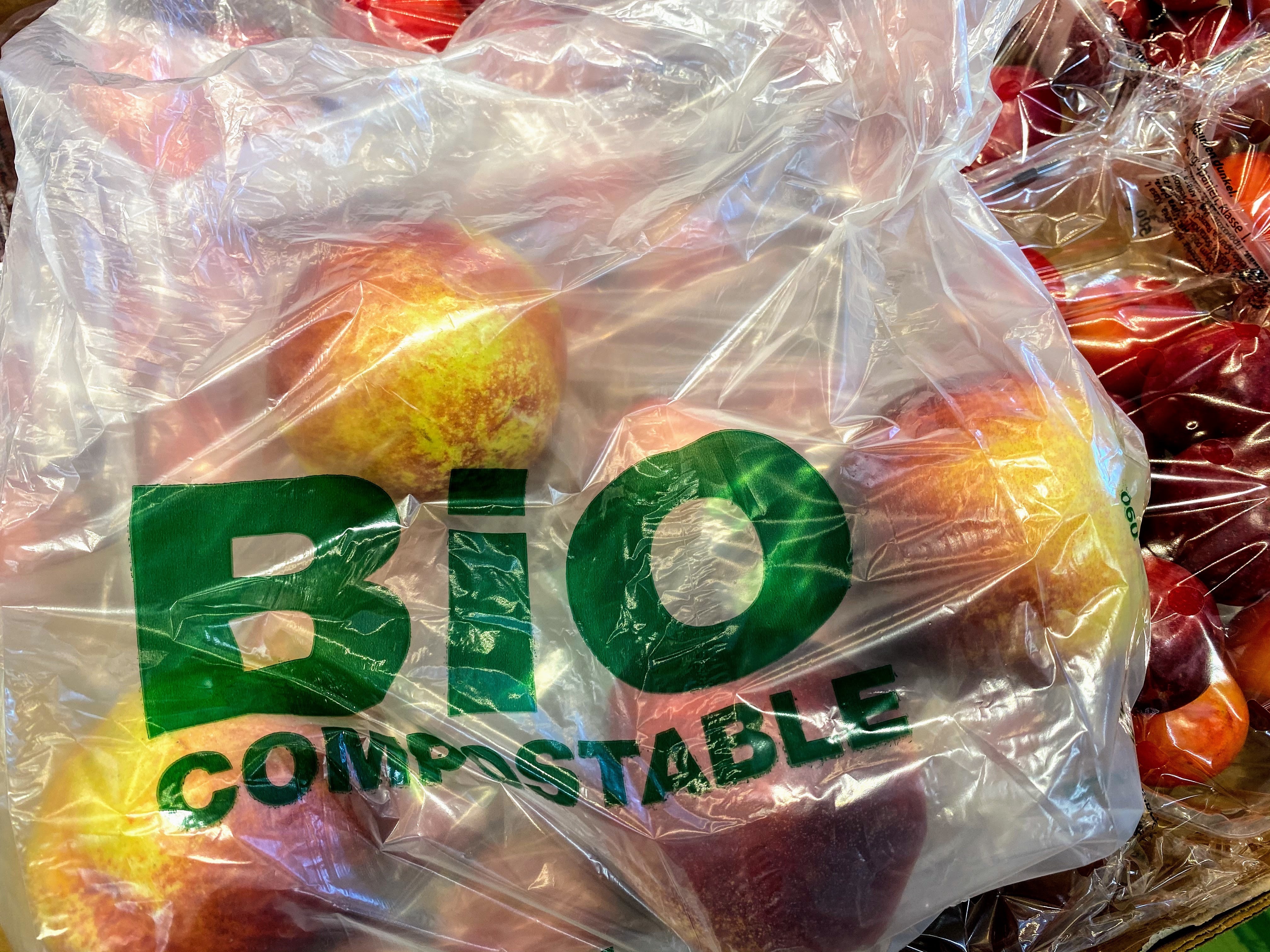Seaweed: The Solution to Pollution? A Comparative Life Cycle Assessment of LDPE and Algal Flexible Film Packaging

Packaging accounts for 40% of global plastic demand, and low density polyethylene (LDPE) is a commonly used packaging material. In this report, we use life cycle assessment (LCA) to compare the environmental impacts of macroalgae- and LDPE-based flexible film packaging. We also assess other factors not considered in traditional LCA such as waste generation, microplastic creation, and, through a survey, consumer access to waste hauling services. Methods: We used industry average data to model LDPE life cycle impacts and used a combination of primary and secondary data to model six algal flexible film production scenarios. Each scenario makes one manufacturing process improvement, with the baseline scenario representing a “worst case” model and the final scenario serving as a “best-case” model with improvements to every unit process. Results: The baseline algal flexible film model resulted in higher environmental impacts than did the LDPE flexible film. The “best-case” model achieved equivalent or lower life cycle impacts than LDPE. The drying step of the process had the most significant environmental impact. Environmental improvements were observed when: 1) changing the source of algal drying; 2) switching the source of algae from cultivation to wild harvest; and 3) creating additional co-products during phycocolloid extraction. Conclusion: For algal-based flexible film to compare with or outcompete LDPE, several adjustments to its production must be implemented to optimize the process and scale efficiently.
Acknowledgements
Bren School: Roland Geyer, Ph.D. Professor; Eric Masanet, Ph.D. Professor
PANGAIA: Andrew Yip, Head of Materials & Process Innovation; Lori Bystrom, Senior Science Officer; and Ghida Elkazzi, Global Packaging Manager